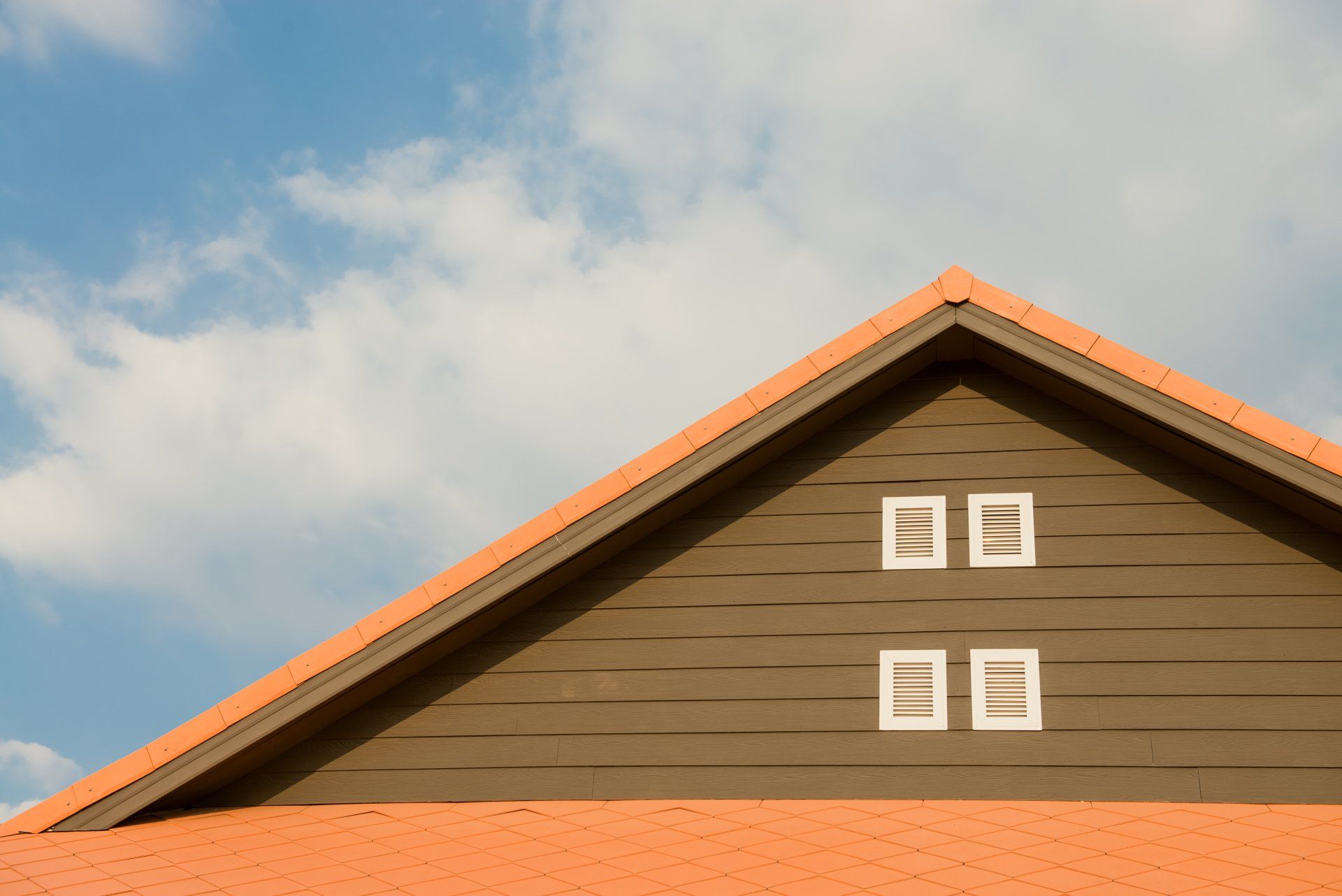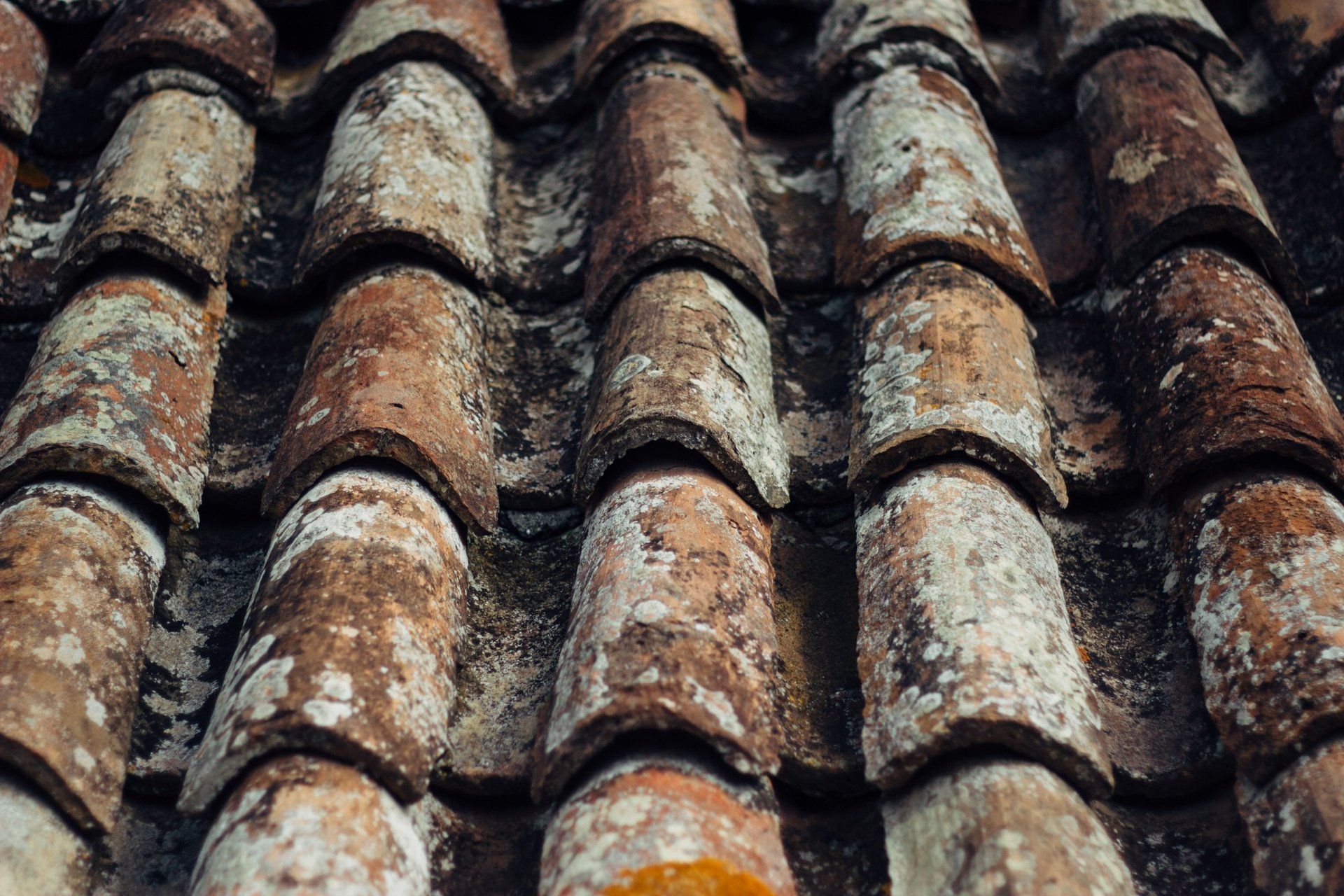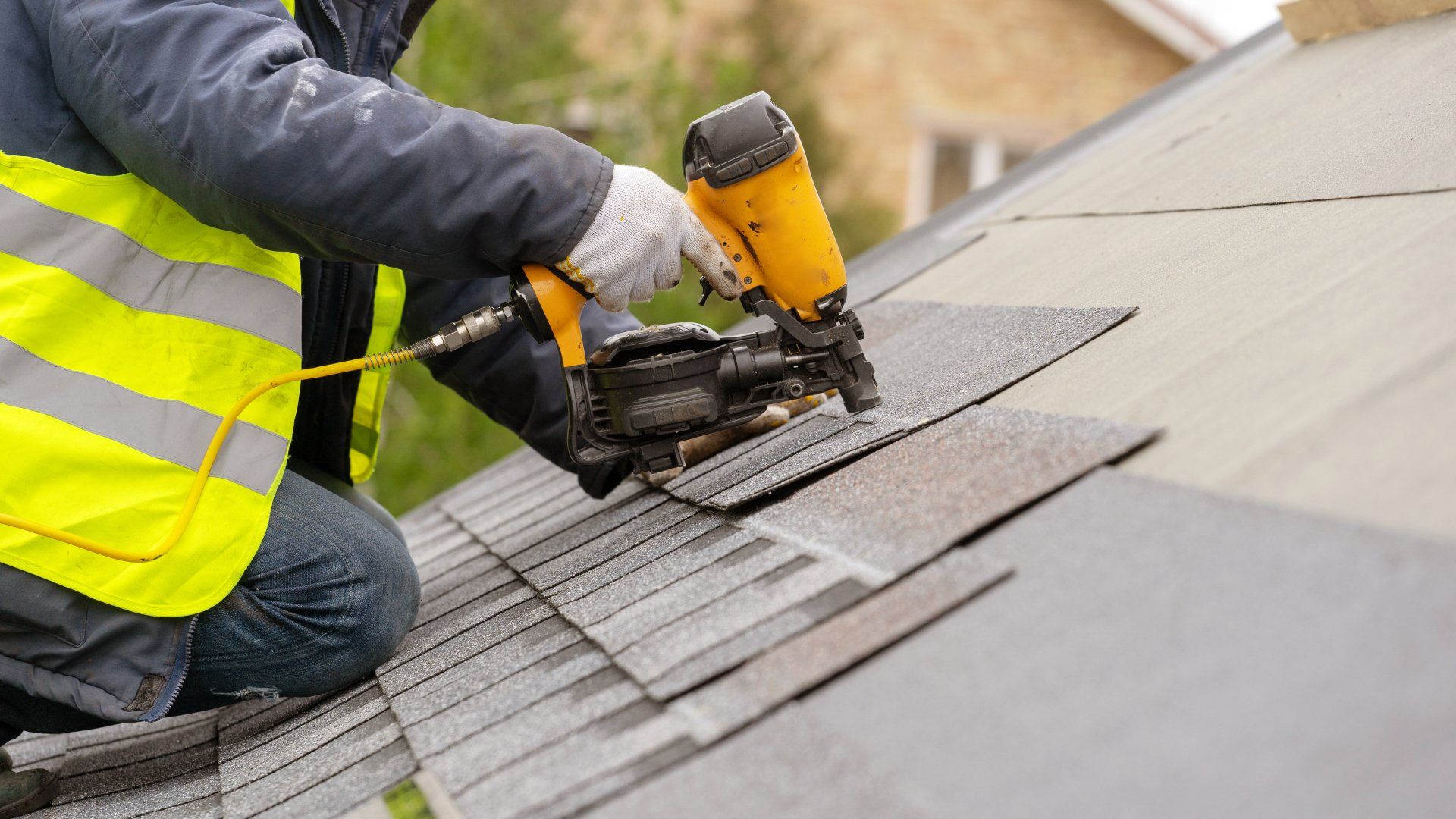Uncovering the Roof: A Layer-by-Layer Guide from Dallwig Brothers Building Supply
Peeling Back the Shingles: Understanding the Architectural Essentials of Roof Construction
When it comes to protecting your home from the elements, your roof is the first line of defense. However, a roof is far more than just a layer of shingles. It's a complex system of layers that work together to keep your home safe, dry, and energy-efficient. At Dallwig Brothers Building Supply in Salem, OR, we understand the intricacies of roofing structures. In this guide, we'll delve into the different layers within a roof, unveiling the vital roles they play in safeguarding your dwelling.
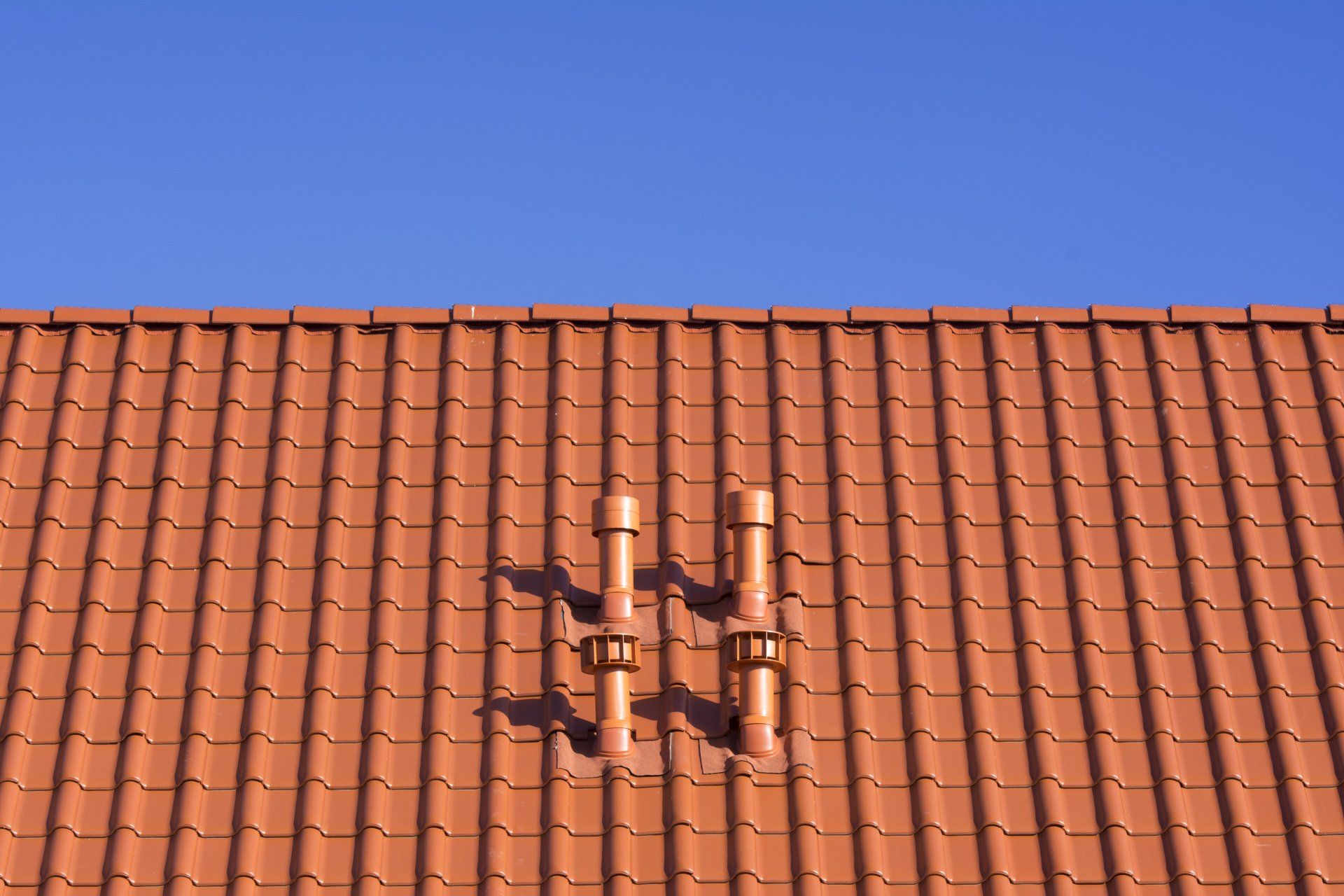
Layer 1: Roof Decking
The foundation of your roof is the roof decking. This layer is typically made of plywood or oriented strand board (OSB) and is attached directly to the trusses of your home. The decking provides a solid base upon which the other roofing layers are installed.
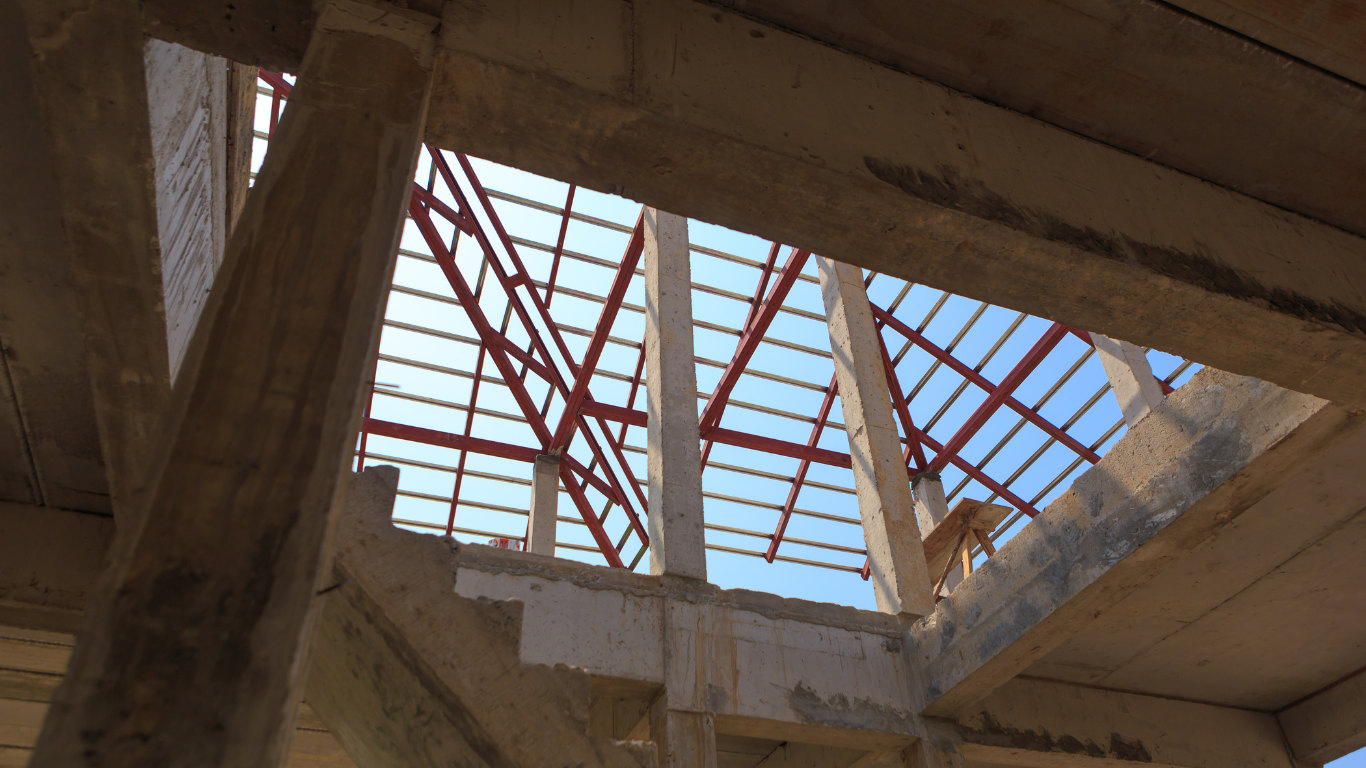
Layer 2: Underlayment
Positioned atop the roof decking is the underlayment, a water-resistant or waterproof barrier that prevents moisture from reaching the decking. It's crucial for preventing leaks, mold, and rot. The underlayment can be made from various materials, including felt, synthetic polymers, or rubberized asphalt. For those in the Pacific Northwest, choosing a durable and effective underlayment is crucial due to our rainy climate.
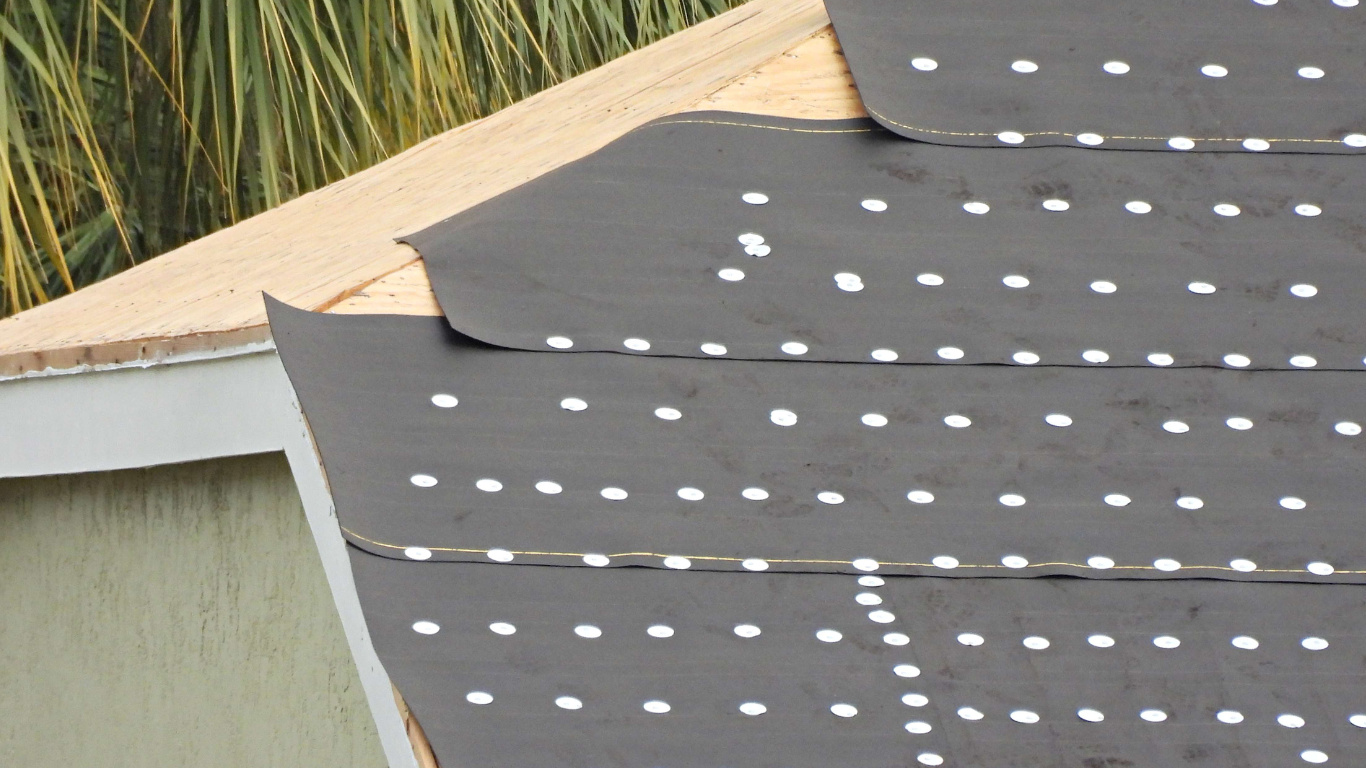

Layer 3: Ice and Water Shield
Especially important in colder climates, the ice and water shield is a type of underlayment placed in valleys and around roof penetrations like vents and chimneys to prevent water and ice buildup, which could lead to leaks. This self-adhering membrane seals around nails and fasteners, creating a watertight barrier. Discover more about the benefits of
ice and water shields and how they provide an extra layer of protection against harsh weather conditions.
Layer 4: Roof Covering
The most visible layer, the roof covering, can be made of a variety of materials such as asphalt shingles, metal, tile, or wood. This layer is the outermost defense against external elements like rain, snow, and hail. The choice of material can significantly impact the appearance, durability, and cost of your roof. At Dallwig Brothers Building Supply, we offer a wide range of
roofing materials to cater to different tastes and budget requirements.
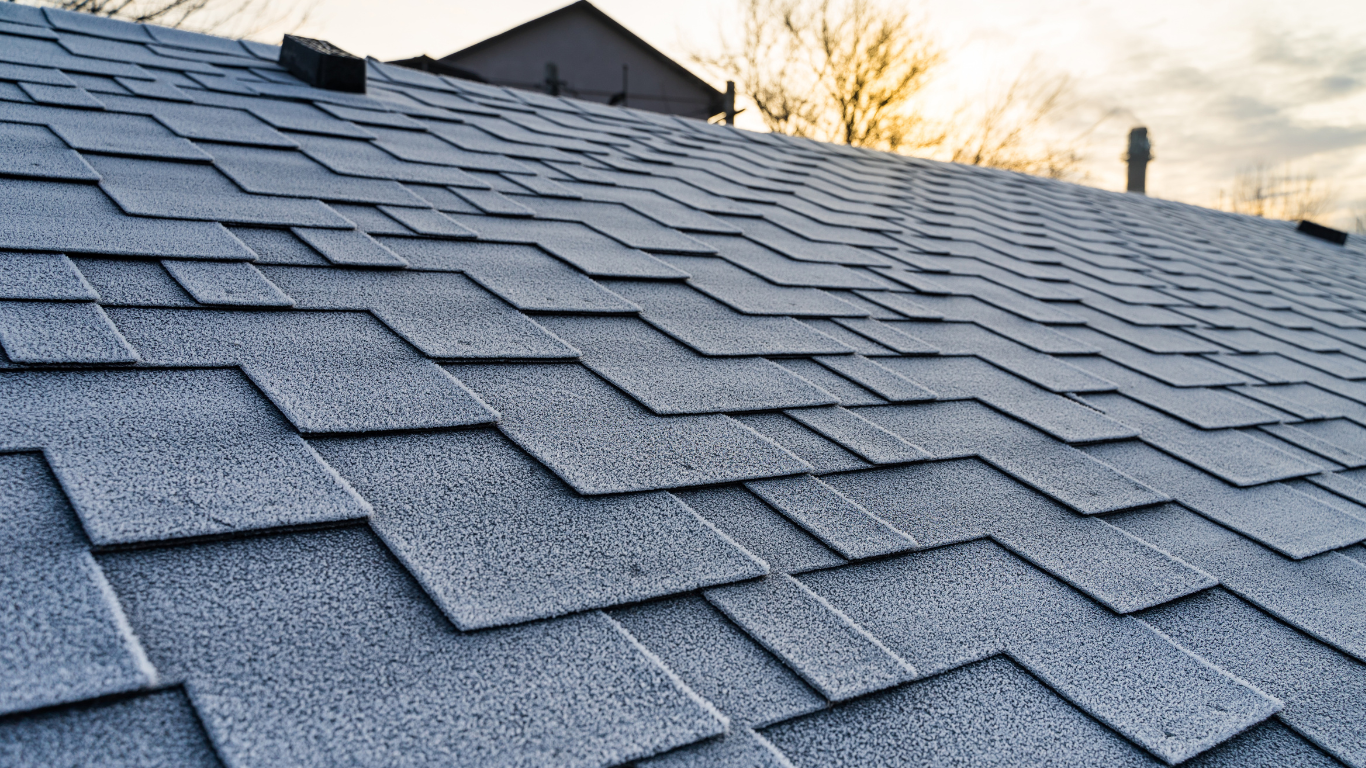
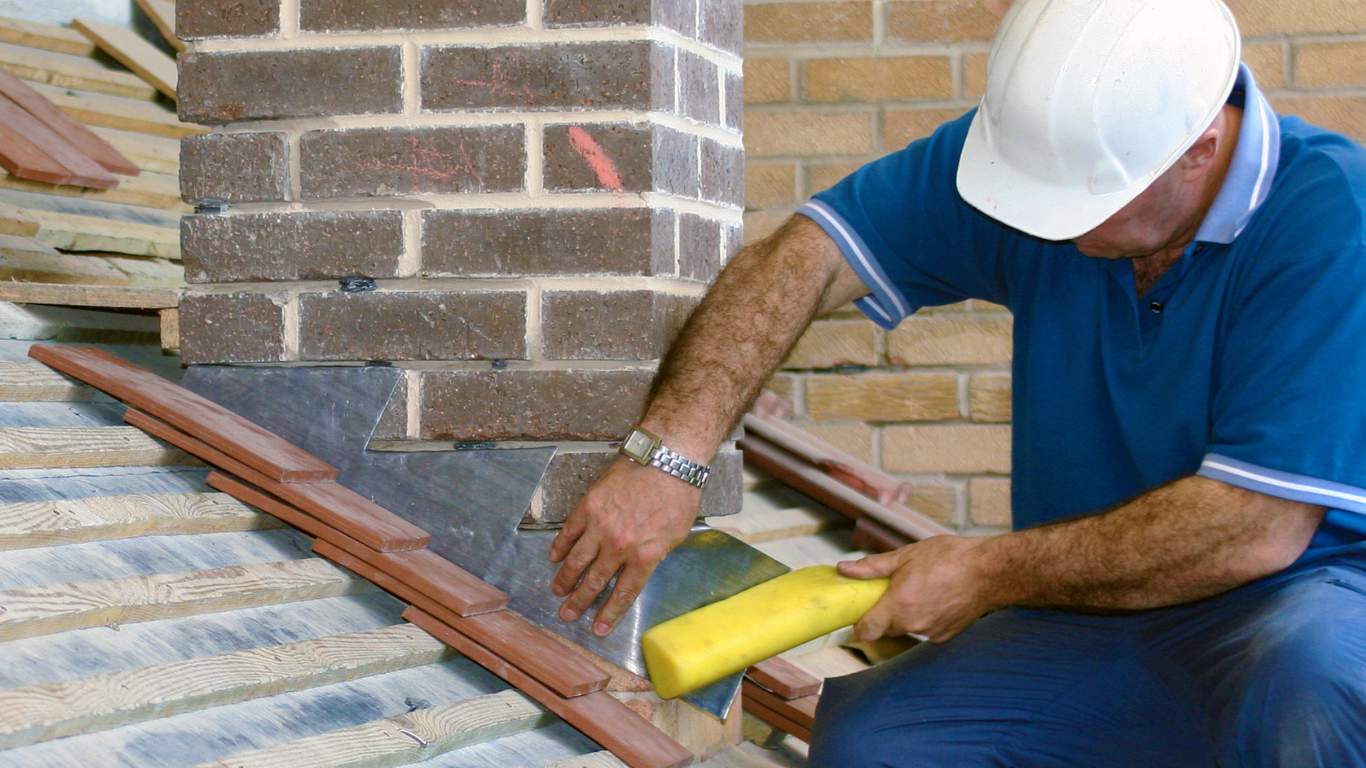
Layer 5: Flashing
Roof flashing is installed around intersections and protrusions such as chimneys, vents, and valleys to direct water away from these vulnerable areas. It's typically made from metal or plastic and plays a crucial role in preventing leaks.
Layer 6: Ventilation
Roof ventilation systems help regulate temperature and moisture levels in the attic, contributing to the overall energy efficiency and longevity of your roof. Proper ventilation prevents heat buildup during summer and moisture accumulation during winter, mitigating the risk of ice dams.
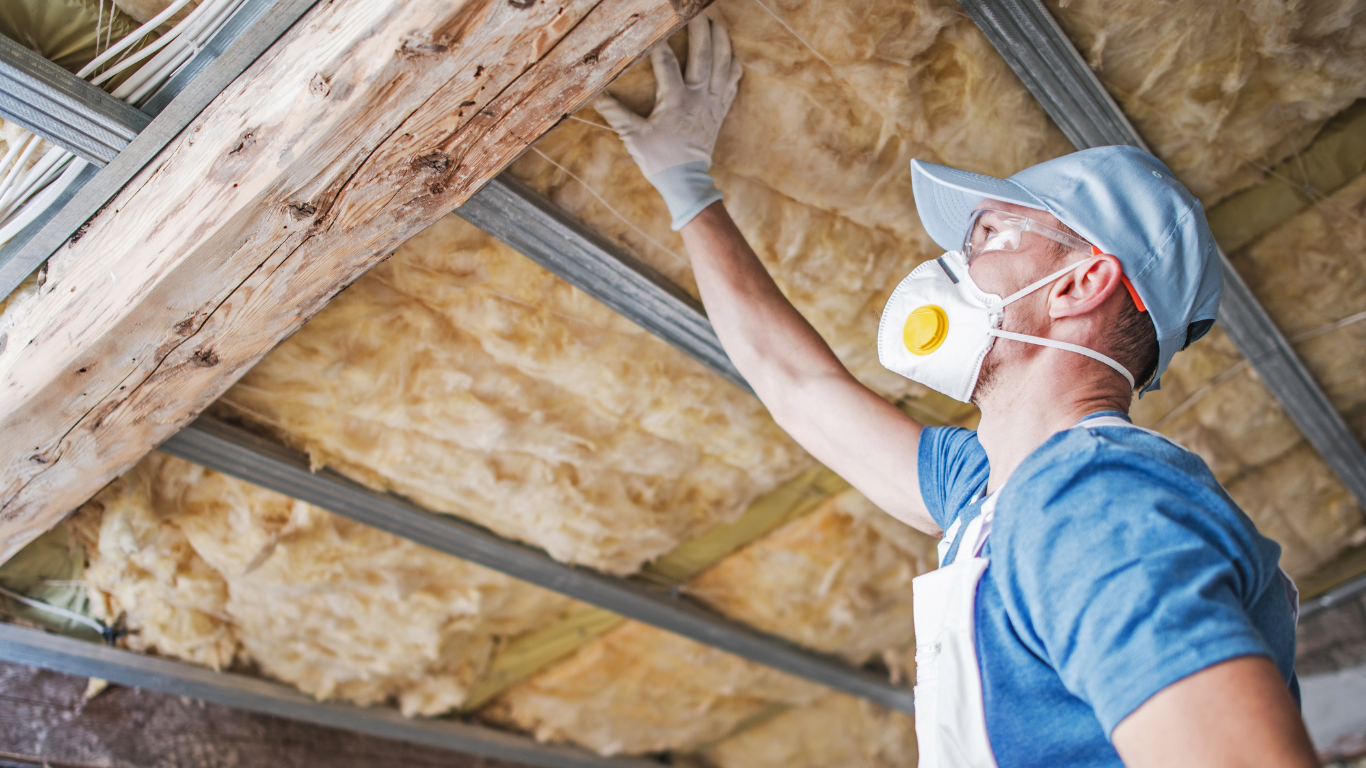

Layer 7: Drainage
A good roofing system has effective drainage to direct water away from the roof surface. This includes the slope of the roof, gutters, and downspouts, which work together to prevent water pooling and potential damage.
Layer 6: Ventilation
Roof ventilation systems help regulate temperature and moisture levels in the attic, contributing to the overall energy efficiency and longevity of your roof. Proper ventilation prevents heat buildup during summer and moisture accumulation during winter, mitigating the risk of ice dams.

Every layer of your roof has a unique and crucial role to play in maintaining the structural integrity and protection of your home. Understanding these layers and their functions can help homeowners make informed decisions when it comes to roof repair or replacement. At Dallwig Brothers Building Supply, we're here to provide the materials and expertise you need for your roofing project. Visit our Salem, OR location or contact us today to learn more about how we can assist with your roofing needs.





